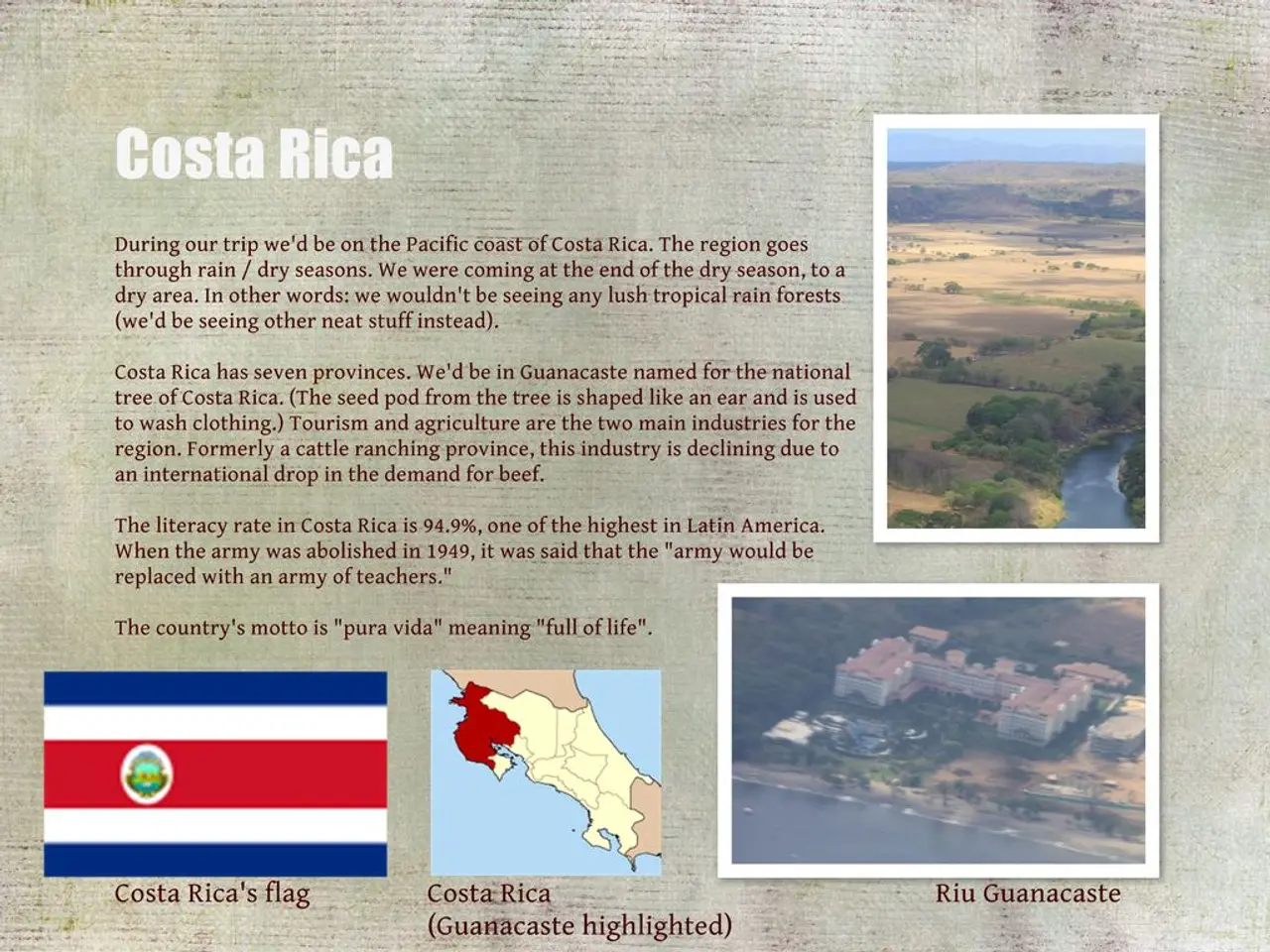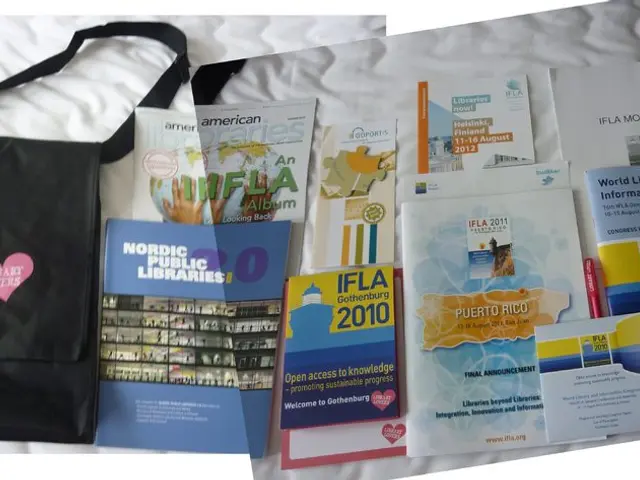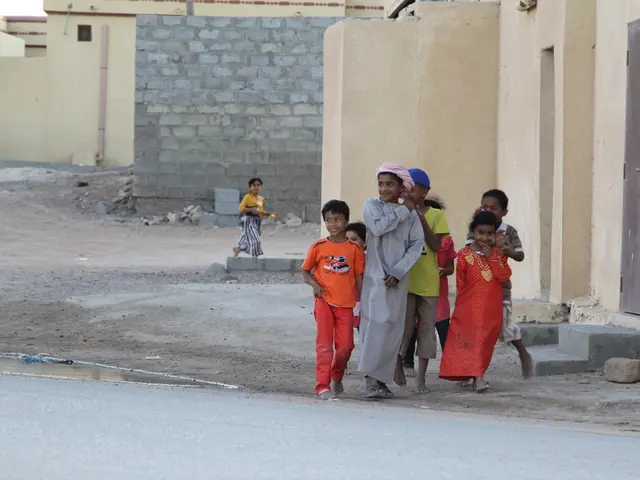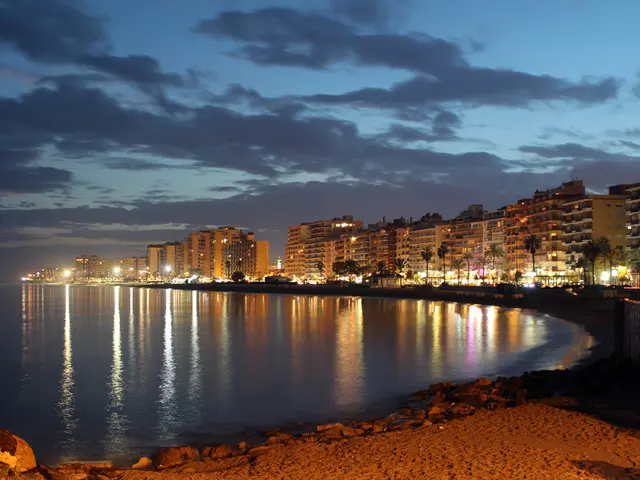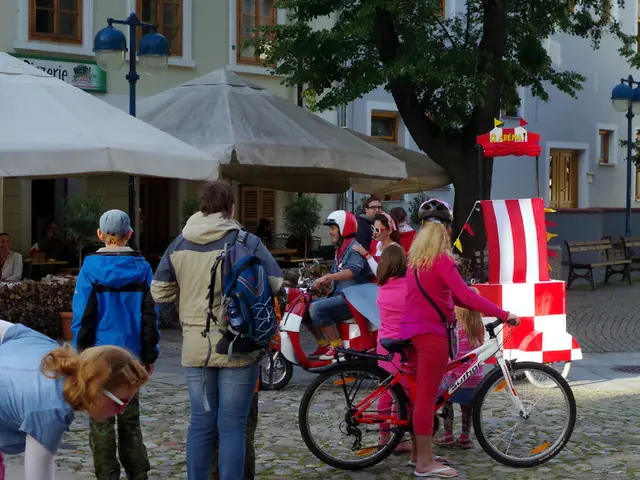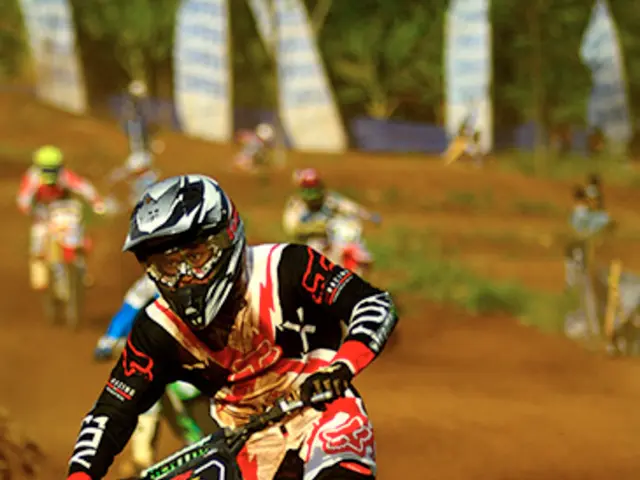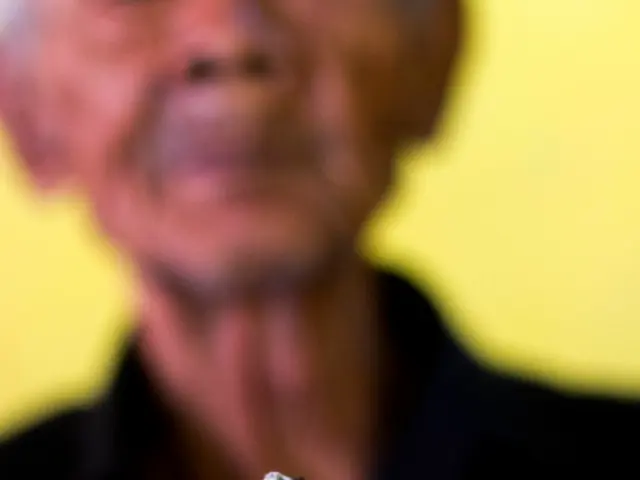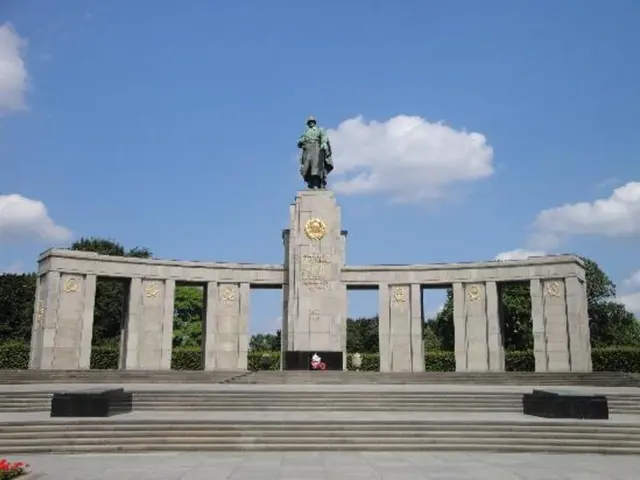Urban Pacific microcosm: Playa Renaciente encapsulates the essence of city life along the Pacific coast
In the heart of Colombia lies Playa Renaciente, a vibrant neighborhood that was once a city neighborhood but was declared rural in 2000, transforming into the village 'Cauquita - La Playa'. With a rich history dating back centuries, this community of 200 Afro families, totalling 950 people, has managed to preserve its unique identity and culture.
Playa Renaciente's territory, renamed 'Renaciente' in 2000, meaning 'reborn', symbolises the awakening of political and ethnic consciousness within the community. The idea of forming a Community Council (Consejo Comunitario) to protect black communities and their territories matured between 1998 and 1999. In 2007, the Consejo Comunitario Ancestral de Negritudes La Playa Renaciente was recognised by the Ministry of the Interior.
The community's level of organization took a significant leap in the 1990s, with the help of the Proceso de Comunidades Negras (PCN). The organization that advised and supported the process of communal organization of Black communities in Colombia during this period was the Fundación Desarrollo y Autonomía Comunitaria (Fundación CRAN), which focused on Afro-Colombian community autonomy and rights.
Playa Renaciente has won a legal dispute that obliges the city to consult them on infrastructure projects. This recognition is crucial, as the community disagrees with individual resettlement in urban problem areas, fearing it would tear apart their centuries-old community. The community has organised itself into a cooperative since 1946, which led to official building permits and connection to urban infrastructure.
However, the community is currently in resistance against a gigantic construction project, the city administration's Plan Jarillón. This project includes a 26-kilometer-long linear park on the dam, intended to be a public space for nature, sports, relaxation, and interaction. The project operators are using scare tactics to promote their project, claiming that if the Cauca River overflows and a dam breaks, ten municipalities could be flooded, affecting 900,000 people.
The community fears that the project will displace them from their homes and disrupt their connection to the water, a crucial aspect of their culture and way of life. Vice President Francia Márquez has shown support for the community in their resistance against the Plan Jarillón construction project and resettlement program.
Playa Renaciente's rich cultural heritage is evident in its practices and rituals, many of which are showcased in a photography project currently being collaborated on with the modern art museum La Tertulia in Cali. The project features members of the Consejo performing rituals in honour of various deities, including Oshun and the Yoruba religion.
Colombia, the country in which Playa Renaciente resides, plays a pioneering role in the recognition of collective land titles for Afro communities. It is the country with the largest area of legally recognised Afro-areas, a testament to its commitment to preserving and protecting its diverse cultural heritage.
As the community continues to resist the Plan Jarillón, their story serves as a reminder of the importance of preserving cultural heritage and the rights of marginalised communities. The future of Playa Renaciente remains uncertain, but their resilience and determination are a beacon of hope for many.
Read also:
- Family United by Khaleej Times: Indian Family Celebrates Their Second Year of Reunited Life in Dubai
- Notable individuals partner with Global Sumud Flotilla en route to Gaza
- Two compelling literary works on Israel: Arnold Zweig's "The Friend Comes Home" and Chaim Noll's "The Silence After the War: Morning's Whisper"
- Increased flow of unfavorable information surfaces
